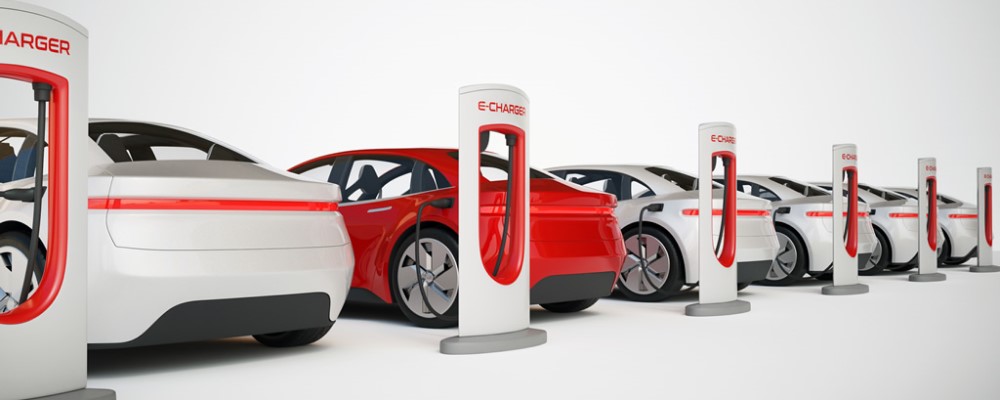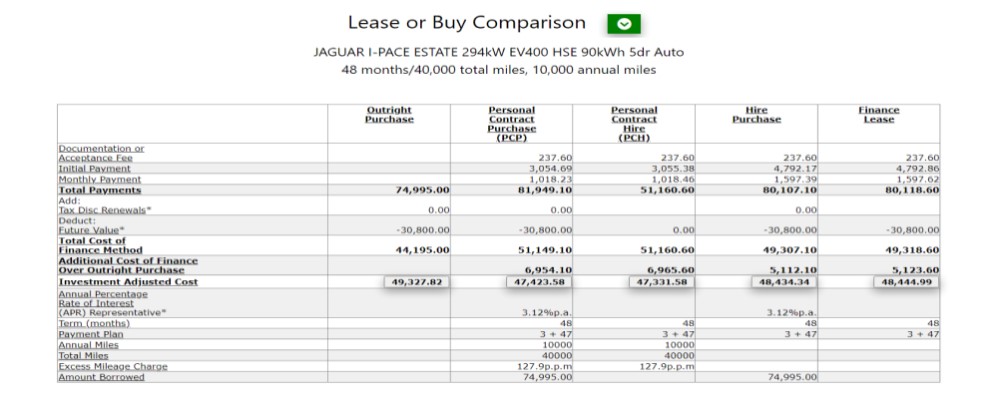ICE or Electric: How To Charge An Electric Car Or Van
We explain how recharging works
Recharging an EV

24 July 2020
EV Charging For Beginners
Every motorist will know the routine of refilling ICE powered cars, but recharging an electric car or van is an entirely different proposition.
Drivers used to a short fill-up at a local fuel station will find the time required to recharge electric cars and vans an unpleasant surprise.
So in our guide to electric vehicle charging we'll take you through how and when to recharge an EV and the pros and cons of charging at home and away.
Getting Started
If you already have an ICE powered car you may have already experienced the frustration and dread when the battery is flat and you try to start your car.
But you can often get out of that situation with a quick push start or by 'jumping' - connecting your battery to someone else's car and then starting yours*.
You can forget that when it comes to electric cars or vans.
Electricity is the essence of an EV, and without power in the batteries your electric vehicle is not going anywhere and you can't push or jump start it either*.
So, how do you keep an electric vehicle charged?
Here's a summary of the basics of getting power into your EV.
HOME CHARGING
A socket and a cable
All you need is a cable plugged into a suitable electric socket in your home, but it should be protected by a Residual Current Device or 'RCD' for safety reasons.
You'll need a plug that matches the charging socket on your electric car or van, but the dealer will normally have supplied this with the vehicle.
Whilst it's cheap it's not quick; a plug-in cable will take a long time to recharge your EV as the power delivered from a regular electrical socket isn't much in comparison to the hungry recharging needs of your EV.
Dedicated Charging Point
A properly installed EV charging point will recharge your car or van's battery much faster than a standard plug socket.
The UK Government offers a grant of up to 75% for the installation costs of smart chargers (click on this link for more information).
The latest 'smart chargers' can be controlled by a mobile phone app and can even be paired with solar panels to use renewable energy created during daylight hours.
How fast your electric car or van recharges will depend on the power delivery from your smart charger - most domestic chargers deliver either 3kiloWatts (electrical energy measured in kiloWatts - 'kW') or 7kW of energy.
7kW chargers will charge your car quicker, yet still only use the same amount of electricity as a 3kW charger, so they are better option if you can afford the additional cost.
AWAY CHARGING
Public Chargers
These are being installed in pavement lampposts around the country so that you can recharge electric cars or vans by simply plugging into a suitable lamppost.
Coverage varies, with no guarantee a parking space will be available at a charging station as, currently, anyone can park next to a charging lamppost.
You'll need a subscription with the charging company appointed by the local authority, though you can also 'Pay And Charge' ('PAC') using a smartphone.
Private Chargers
These are typically installed in places like car parks, supermarkets and motorway service stations and you'll need to subscribe to the provider of the charging station.
As privately operated charging spaces are usually dedicated for EVs only, you should have a better chance of finding a space than using public lamppost charging, but demand is increasing and can outstrip supply on popular routes such as motorways.
The electric car manufacturer Tesla is also opening its own dedicated network of 'Supercharger' stations to take advantage of very fast recharging for its brand of cars.
Workplace Chargers
Some employers are now installing chargers at the workplace to encourage employees to drive electric vehicles, especially where these are provided as company cars.
Is That All There Is To It?
We'd like to say 'yes' but sadly we can't. EV charging has evolved in recent years leaving EV owners with a mixture of cables, recharge capabilities, charge units and installers.
We've explored that lot in our next post about choosing a home electric car charger.
*Remember your personal safety when push-starting an ICE powered car and preferably use a safe set of 'jump' leads. Never try to push-start an electric vehicle - you can damage the battery, brake discs, electric motors and more.
Related Tools
Related Posts
What Else Do We Do?
DriveSmart has a unique suite of free online tools to help you find the right car.
Take a look at some of our amazing calculators and decision tools for new car buyers.
-
Lease or Buy?
Could you lease a new car for less than the cost of buying? Our lease calculator will work out the best finance method for you. -
ICE or Electric?
Would an electric car be cheaper than petrol or diesel? Our ICE or electric calculator compares running costs instantly. -
Cash or Car?
Could you give up your company car for a cash allowance? Our 'cash or car' calculator will tell you. -
Car Search
Find your next new car by monthly payment, standard equipment, performance, economy and more .... -
iceorelectric.com
Why not visit our iceorelectric.com website and see for yourself the amazing range of tools and analysis? We'll keep your place here while you browse.






